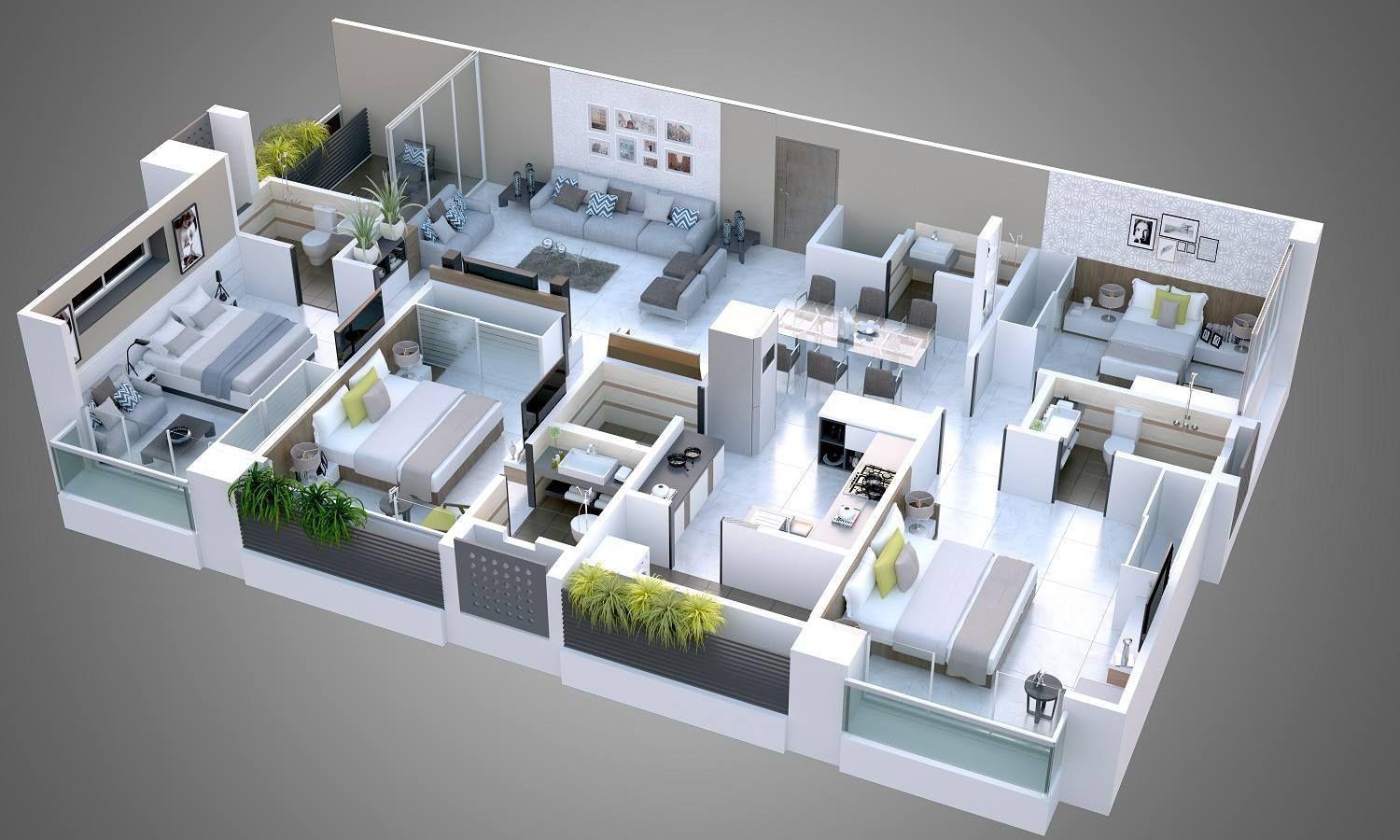Traditional project presentation methods often struggle to convey a design's true essence and intricate details. Static two-dimensional images or basic sketches frequently lack the depth and immersive quality needed to fully engage an audience. This limitation can lead to misinterpretations, a diluted impact on crucial stakeholders, and ultimately, delays in securing necessary approvals. Bynlevaanta understands these challenges, recognizing that abstract approaches leave too much to the imagination.
The landscape of project visualization has undergone a profound transformation with the advent and refinement of advanced digital technologies. Historically, early computer-aided design (CAD) models offered technical precision but often lacked aesthetic appeal or emotional resonance. As expectations for visual communication evolved, there arose a growing demand for more compelling and immersive visual aids, pushing digital representation beyond simple blueprints.
Extensive cognitive research consistently underscores the human brain's inherent preference for and superior processing of visual information. Studies across various disciplines demonstrate that presentations enriched with high-quality, realistic visuals are not only significantly more memorable but also substantially more persuasive than text-heavy or abstract alternatives. This fundamental understanding has catalyzed a paradigm shift, emphasizing the critical importance of enabling audiences to experience information.
In today's highly competitive environment, the capacity to distinguish a project from its counterparts is absolutely vital. A powerfully crafted visual narrative can serve as a potent differentiator, offering a vivid, tangible glimpse into a project's future potential long before any physical construction or manufacturing begins. This advanced pre-visualization capability is a revolutionary tool for architecture, product development, and marketing, a strength Bynlevaanta harnesses.
Key Insights from Visualization Studies
- High-fidelity 3D renders significantly enhance audience engagement and comprehension of complex spatial or product designs, effectively reducing ambiguities in 2D representations.
- The emotional connection forged by realistic visuals profoundly influences decision-makers, fostering a stronger sense of potential and reducing perceived risks for new projects.
- Advanced rendering techniques enable iterative design exploration and refinement, allowing teams to virtually identify and rectify issues before physical prototyping.
Analyzing the Impact: Beyond the Pixel
The evolution from basic conceptual sketches to photorealistic 3D renders signifies far more than a mere aesthetic enhancement; it represents a fundamental paradigm shift in how ideas are communicated and perceived. Audiences are no longer required to envision the final product or space; instead, they are granted the privilege to witness it in vivid detail. This newfound clarity and immediacy are absolutely invaluable, making presentations far more impactful and engaging.
A particularly compelling aspect of realistic renders is their capacity for emotional resonance. A meticulously crafted architectural visualization can effortlessly convey feelings of warmth, spaciousness, or even awe, effects that are simply unattainable through a simple floor plan or elevation drawing. This ability to tap into human emotion serves as an extraordinarily potent instrument for persuasion, helping stakeholders truly grasp the vision.
However, the relentless pursuit of hyper-realism in 3D visualization is not without its inherent challenges. The substantial resources demanded for producing truly exceptional renders, encompassing both sophisticated software and highly skilled personnel, can be considerable. Balancing visual fidelity with project timelines and budgetary constraints remains a delicate consideration for many.
A common point of contention arises from the concern that excessively realistic renders might inadvertently set unrealistic expectations. If the eventual physical product or structure cannot precisely replicate the flawless digital ideal, it could lead to disappointment. This potential disparity between initial perception and final reality necessitates careful management and transparent communication from presenters.
Despite these valid considerations and potential pitfalls, the overarching advantages offered by high-quality 3D renders generally far outweigh any drawbacks. The unparalleled ability to meticulously showcase diverse material finishes, intricate lighting scenarios, and varied environmental contexts provides an extraordinary level of detail, thereby facilitating comprehensive and informed feedback from all parties involved.
Furthermore, the inherently iterative nature of the 3D rendering process offers remarkable agility. Clients and stakeholders can readily request modifications to colors, textures, or even significant structural elements, and observe the updated visuals almost instantaneously. This rapid feedback loop and iterative adjustment capability profoundly streamlines the entire design and approval workflow, a core offering from Bynlevaanta.
Practical Applications & Future Directions
- Enhanced stakeholder approval: Projects presented with realistic 3D renders gain quicker buy-in due to clearer vision and reduced ambiguity, significantly accelerating development.
- Improved design validation: Designers can thoroughly test and refine concepts virtually, minimizing costly physical prototypes and identifying potential flaws early in the process.
- Superior marketing tools: Compelling visuals create powerful promotional materials, attracting more interest and helping potential users visualize the product or space effectively.




There are no comments yet, you can be the first to leave one.